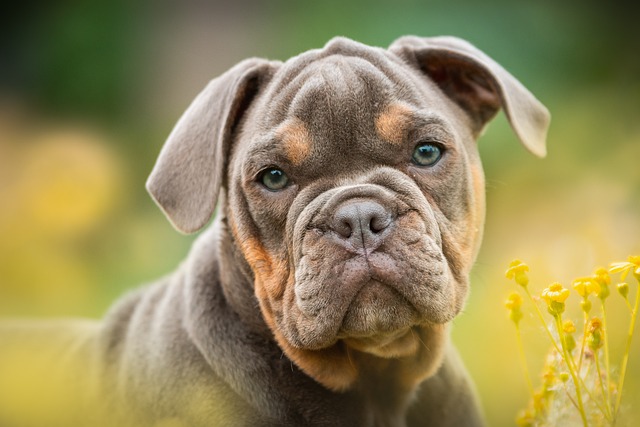
How do i train my dog to be obedient?
Watching your dog dart across the park ignoring your calls isn’t just frustrating—it can put them at risk near busy streets or public spaces.
If you’ve woken up to a wet spot on your bedroom rug or found a surprise under the couch, you know house training a new puppy feels like a never-ending puzzle. Last month, my friend Jess faced this with her 10-week-old Cocker Spaniel, Lily, in her Chicago apartment. With Lily too young for full vaccines (so no long outdoor walks), Jess needed a reliable solution to avoid ruined floors—and that’s where training pads became her lifesaver. Choosing the right pad isn’t just about stopping messes; it’s about setting your puppy up for success, making house training less stressful for both of you.
The best training pads share key features tailored to puppy needs. First, absorbency matters—look for pads with multiple layers, including a super-absorbent core that locks in moisture and a leak-proof plastic backing. This is non-negotiable for apartments, where a single leak can damage hardwood floors or carpets (and violate lease clauses in cities like Boston that ban pet-related damage). Size is another factor: small breeds like Chihuahuas or Yorkies do fine with 22x23-inch pads, while larger puppies (think Labradors or Golden Retrievers) need 30x30-inch pads to avoid overshooting. Dr. Patel, a vet in Austin, notes: “Puppies have tiny bladders and poor aim—bigger pads reduce accidents, which keeps training positive. Avoid thin, cheap pads that soak through quickly; they’ll make your puppy confused, not trained.”
Introducing the pad properly turns it into a trusted spot. Pick a consistent location—near their bed but away from food and water (puppies instinctually avoid soiling their eating area). When Lily first sniffed the pad, Jess waited patiently, and when she finally used it, Jess cheered, gave her a tiny treat, and petted her gently. That positive reinforcement teaches them “this spot = good things,” far better than scolding for accidents (which only scares them). For wiggly puppies, place a non-slip mat under the pad—my neighbor’s Beagle puppy, Max, stopped sliding on the pad once she added a rubber mat, making him more confident to use it. Replace pads immediately after use to keep the area clean; a dirty pad will make them avoid it.

Living with a puppy means balancing training with community rules. Remember, puppies under 16 weeks are still getting their core vaccines (required by law in all states) to protect against parvovirus, so training pads are essential before they can safely go outside for potty breaks. Once they’re vaccinated, start transitioning to outdoor walks—always pack poop bags, as cleaning up is your legal and ethical duty in every neighborhood. In apartments, place the pad on a tile floor (easier to clean) and avoid high-traffic areas where your puppy might get distracted. Never use pads as a permanent solution; the goal is to guide them to outdoor potty habits, but the right pad makes the journey smoother.
With the right pad—absorbent, properly sized, and used with patience—house training becomes a bonding experience, not a battle. Lily now trots to her pad when she needs to go, and Jess celebrates every success with treats and cuddles. For new owners, the best training pad isn’t just a product—it’s a tool that turns accidents into lessons, one small step at a time.

Watching your dog dart across the park ignoring your calls isn’t just frustrating—it can put them at risk near busy streets or public spaces.

New puppy owners often find themselves rushing to clean up accidents before they set in, and that’s where puppy pad training becomes a game-changer.

If you've noticed your dog's waistline disappearing and your veterinarian has mentioned those few extra pounds, your first instinct might be to simply reduce the amount of food in their bowl.

Training a dog to use a designated spot indoors isn’t as daunting as many new owners fear, but it does take consistency and an understanding of your pet’s needs.

That moment of dread on a walk is all too familiar for many new dog owners. You see another dog approaching down the sidewalk of your neighborhood

If the sight of another dog on your neighborhood walk makes your heart sink as your own dog erupts into a frenzy of barking and lunging, you're not alone.